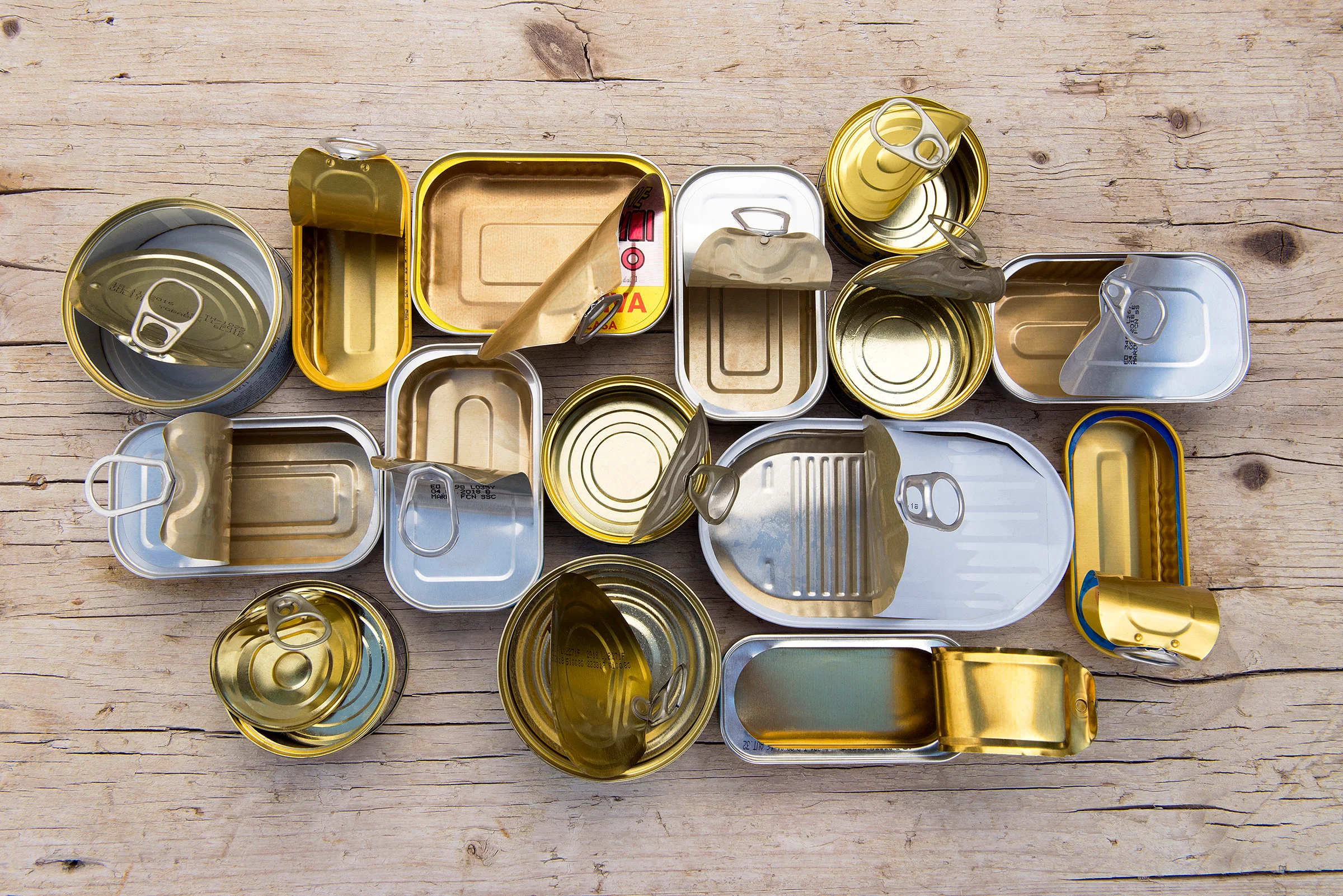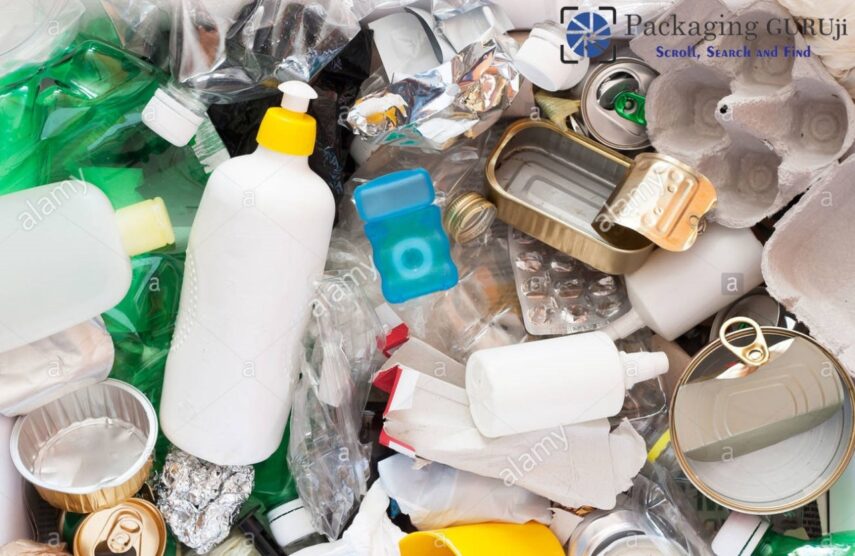Last Updated on June 3, 2024 by Annie Baldwin
Have you ever wondered if tin is an eco-friendly material?
With growing concerns over sustainability and reducing waste, it’s worth looking into the environmental impact of the packaging and materials we use every day.
Is Tin Environmentally Friendly?

Tin is generally considered an environmentally friendly metal.
Tinplate steel and tin cans are recyclable, reusable, and contain recycled metal content.
This makes them a more sustainable choice than single-use plastics.
Key Points
- Tinplate steel contains 25-100% recycled metal
- Tin cans are recyclable and reusable
- More eco-friendly than plastics but less than glass
Our Opinion
In my expert opinion, tin is one of the more sustainable metal packaging options available today.
While no material is perfect, tin cans made from tinplate steel offer recyclability and reuse that exceeds plastics and compete with glass.
Overall, I would consider tin to be an environmentally friendly metal choice.
Why Is Tin an Environmentally Friendly Material?

Tin can be a sustainable packaging choice compared to some other materials. Here’s a quick look at some of the main reasons why:
- Tin is highly recyclable – Tin cans and containers can be recycled and reused multiple times without losing quality.
- Made with recycled materials – Tinplate used for cans contains at least 25% recycled metal, reducing the need for new raw materials.
- Reusable and durable – Tin containers are durable enough to be cleaned and reused multiple times.
- Requires less energy than glass – Tin cans require less energy to produce than glass bottles.
- Decomposes naturally – Pure tin will eventually decompose naturally without causing pollution.
However, tin does have some downsides to consider:
- Not biodegradable – Tin cans with steel take a very long time to break down if sent to landfills.
- Higher energy use than plastic – Tinplate production uses more energy than making most plastics.
Overall, tin is one of the more eco-friendly packaging options available today. With proper recycling and reuse, tin can be a sustainable choice compared to many other materials.
Tin Mining and Smelting Impacts
While tin can be recycled, we do have to consider the impacts of extracting and processing new tin. Here are some of the main environmental considerations around tin mining and smelting:
- Land disturbance – Tin mining involves clearing land and can lead to erosion and habitat loss.
- High energy use – Smelting tin ore is energy-intensive, often relying on coal power.
- Air emissions – Smelting releases sulfur dioxide, particulate matter, and other pollutants.
- Waste products – Smelting produces slag waste that must be disposed of properly.
- Water contamination – Mining and smelting can lead to acid drainage and metal contamination of water if not managed well.
Responsible mining and processing practices are important for reducing these impacts. But overall, the environmental effects of primary tin production do need to be weighed against the benefits of using tin for recycled packaging.
With the right policies and processes in place, tin can be an eco-friendly choice. However, we should be mindful of the mining impacts and aim to maximize recycled content as much as possible.
Tin Recycling Benefits
Recycling tin has a number of advantages over mining new tin ore. Here are some of the key benefits:
- Conserves natural resources – Recycling reduces the need for new tin mining, preserving finite ore deposits.
- Saves energy – Producing tin from recycled material uses significantly less energy than smelting from tin ore.
- Reduces emissions – Recycling tin generates fewer greenhouse gas emissions and air pollutants.
- Lessens waste – Recycling gives tin scrap value rather than sending it to landfills.
- Lower costs – Recycled tin is cheaper to produce than virgin tin from mining and refining.
Tin is one of the most highly recycled packaging materials. Around 70% of tinplate steel is made from recycled tin. This high recycling rate makes tin a very sustainable metal choice.
With responsible mining practices and maximizing recycled content, tin can be an environmentally friendly material for packaging. The recyclability and recycled material benefits make it a greener option than many plastics.
Tin vs. Plastic Packaging

When it comes to packaging sustainability, tin, and plastic have some important differences.
Tin cans are fully recyclable and reused easily in a closed loop. Most plastic packaging cannot be recycled or downcycled for lower-quality uses. Tin cans are typically made with at least 25% recycled material, while plastics rarely contain any recycled content.
Tin cans are inert and do not leach chemicals into food contents. Some plastics contain concerning additives like bisphenols and phthalates that can migrate into foods and drinks. Tinplate steel does not degrade over time, while plastics break down into microplastics that pollute ecosystems.
Producing virgin plastic from fossil fuels generates significant greenhouse gas emissions. Manufacturing tin cans have a much lower carbon footprint, especially when using recycled tin feedstocks. Unlike plastic, tin is not made from finite oil reserves.
When disposed of properly, tin cans pose little risk to wildlife and habitats. Plastics harm marine life and pollute environments even when littered far from waterways and coasts.
With all these advantages, tin is generally a more sustainable and eco-friendly packaging material than plastic for many applications. The high recyclability and use of recycled tin make it a greener choice.
Tin vs. Tetra Pak Packaging
Tetra Pak cartons offer some sustainability benefits but still lag behind tin cans in many areas.
While Tetra Pak contains some recycled paper content, its plastic and aluminum layers make it more challenging to recycle than tin. Tin cans are much more widely accepted in curbside recycling programs.
Tetra Pak cartons typically rely on virgin paper pulp and plastics, while tin cans utilize high levels of recycled metals. Producing the raw materials for Tetra Pak has a larger environmental footprint.
Tin cans are robust and protect food over long periods. Tetra Pak shelf lives are shorter, by comparison, increasing food waste. The tin steel body also makes cans reusable for crafts or storage.
When littered, Tetra Pak decomposes slowly and can release plastic microparticles into soil and waterways. Tin cans are chemically stable and less harmful if mismanaged.
In the end, tin cans edge out Tetra Pak for sustainability. The closed-loop recycling, recycled content, and sturdy reusable properties of tin make it a winner for eco-conscious packaging.
FAQ
Is Tin Can Good for the Environment?
Tin cans are made from tin-coated steel, which is recyclable and reusable. This makes them more environmentally friendly than single-use plastics. However, they require more energy to produce than glass bottles.
How Does Tin Affect the Environment?
Tin cans require more energy to produce than glass but are much easier to recycle. They can be reused multiple times. Tinplate steel decomposes slowly over decades but is considered environmentally harmless.
What Is the Most Environmentally Friendly Metal?
Aluminum and tin-coated steel (tinplate) are two of the most eco-friendly metals because they are highly recyclable and often made with recycled content.
Conclusion
Overall, tin cans and tinplate steel are considered environmentally friendly packaging options. They are recyclable and contain recycled metal content. Compared to plastics, tin cans are more sustainable and can be safely reused multiple times. However, they do require more energy to produce than glass. Tinplate steel will slowly decompose over decades but is non-toxic. So yes, tin can be an eco-friendly metal choice.
